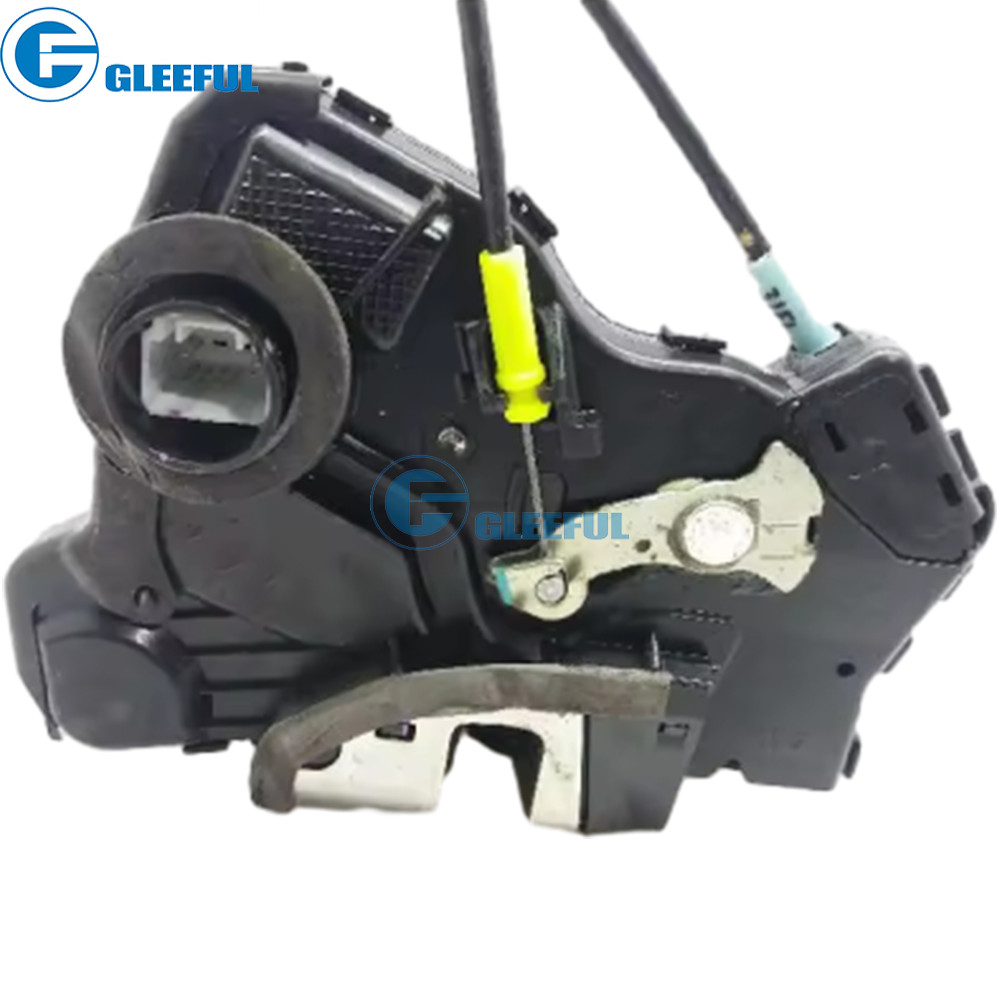For Toyota Fortuner owners, maintaining the optimal performance of every vehicle component is crucial for ensuring safety and convenience. One essential part that often requires attention is the door lock actuator. This article delves into the specifics of the Toyota Fortuner Door Lock Actuator 69040-0K070, highlighting its importance, functionality, and replacement procedure.
What is a Door Lock Actuator?
A door lock actuator is an electronic device that locks and unlocks a vehicle’s doors. It is a vital component of modern vehicles, enabling secure and convenient access to the car. Located within the door panel, the actuator operates as part of the central locking system, controlled either by a key fob or an internal button.
The Toyota Fortuner Door Lock Actuator 69040-0K070 is specifically designed for the Toyota Fortuner, ensuring seamless door lock operations. Here are several reasons why a functional door lock actuator is crucial:
- Security: A working actuator ensures that your vehicle remains secure, preventing unauthorized access.
- Convenience: It allows for easy locking and unlocking of doors with a single press of a button.
- Safety: Ensures that doors remain securely closed, protecting passengers, especially children, from accidental openings during travel.
Signs of a Faulty Door Lock Actuator
Recognizing the signs of a failing door lock actuator can prevent security risks and inconvenience. Common symptoms of a malfunctioning actuator include:
- Difficulty in locking or unlocking doors using the key fob.
- Unusual sounds, such as grinding or clicking, coming from the door.
- The door lock button inside the car not responding properly.
- Doors locking and unlocking by themselves intermittently.

How to Replace the Toyota Fortuner Door Lock Actuator 69040-0K070
Replacing a door lock actuator can be a straightforward task with the right tools and instructions. Below is a step-by-step guide to help you replace the Toyota Fortuner Door Lock Actuator 69040-0K070.
Tools Needed:
- Phillips and flathead screwdrivers
- Trim panel removal tool
- Ratchet and socket set
- Replacement door lock actuator (69040-0K070)
Steps:
-
Remove the Door Panel:
- Start by removing any screws securing the door panel.
- Use the trim panel removal tool to carefully pry off the door panel, starting from the bottom and working your way up.
- Disconnect any electrical connectors attached to the door panel.
-
Locate the Actuator:
- Once the door panel is off, locate the door lock actuator near the latch mechanism.
- Disconnect the wiring harness connected to the actuator.
-
Remove the Old Actuator:
- Unscrew the mounting bolts holding the actuator in place.
- Carefully remove the actuator from the door.
-
Install the New Actuator:
- Position the new actuator (69040-0K070) in place of the old one.
- Secure it with the mounting bolts and reconnect the wiring harness.
-
Reassemble the Door Panel:
- Reattach the door panel by reversing the removal steps.
- Ensure all screws are tightened, and the panel is securely in place.
-
Test the New Actuator:
- Before fully reassembling, test the new actuator by locking and unlocking the door using the key fob and the internal door button.
Where to Buy the Toyota Fortuner Door Lock Actuator 69040-0K070
You can purchase the Toyota Fortuner Door Lock Actuator 69040-0K070 from several sources:
- Authorized Toyota Dealerships: Ensure you get an original part with a warranty.
- Online Retailers: Websites like Amazon, eBay, and specialized auto parts stores offer this actuator.
- Local Auto Parts Stores: Check with your local auto parts supplier for availability.
Conclusion
Maintaining the functionality of your Toyota Fortuner’s door locks is essential for security, convenience, and safety. The Toyota Fortuner Door Lock Actuator 69040-0K070 is a vital component that ensures your vehicle's locks operate smoothly. By understanding its importance and knowing how to replace it, you can keep your vehicle in optimal condition. If you notice any signs of a failing actuator, consider replacing it promptly to avoid potential issues.
